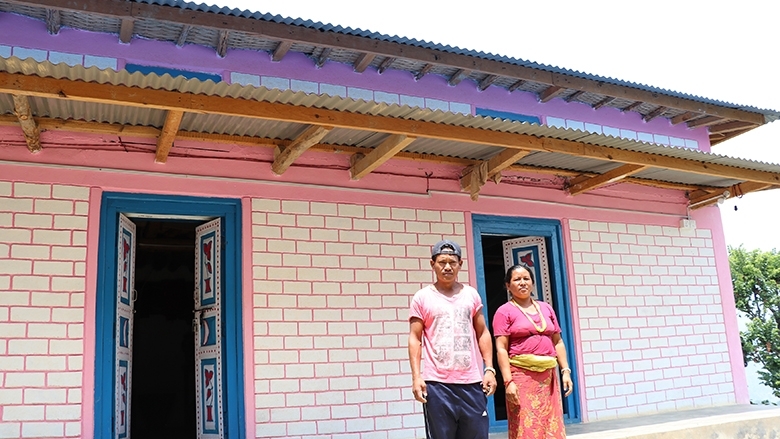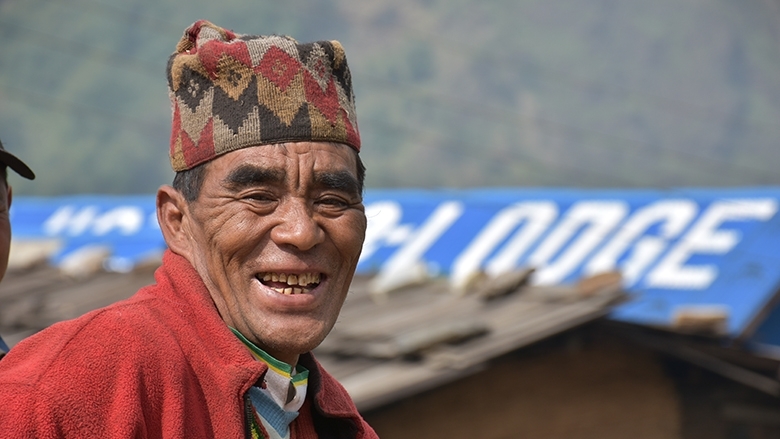The Earthquake Housing Reconstruction Project (EHRP) is one of the largest post-disaster owner-driven housing reconstruction initiatives till date globally, financed by a $700 million IDA credit and $34.45 million Multi-donor Trust Fund. Administered by the World Bank, the Trust Fund is supported by the Governments of Canada, United States, Switzerland, and United Kingdom. The EHRP provided full/partial housing grant support to build over 300,000 earthquake resilient houses through the development of technical guidelines and inspection systems, skills development for communities, and operationalization of accountability mechanisms. With this, the EHRP remained the largest financial support to the Government of Nepal’s umbrella Housing Reconstruction Program, which built over 700,000 earthquake resilient houses.
In December 2021, the NRA will end its tenure following the International Conference on Nepal’s Reconstruction (ICNR2021) on December 7-9, 2021.
Together with Nepal’s milestone reconstruction program, it leaves a legacy through five approaches that can effectively support a country’s post-disaster journey from reconstruction to resilience.
Tilak B. Magar and his wife Dil Kumari Magar at their newly rebuilt house at Jyamire, Siddhicharan Municipality-9, Okhaldhunga 

